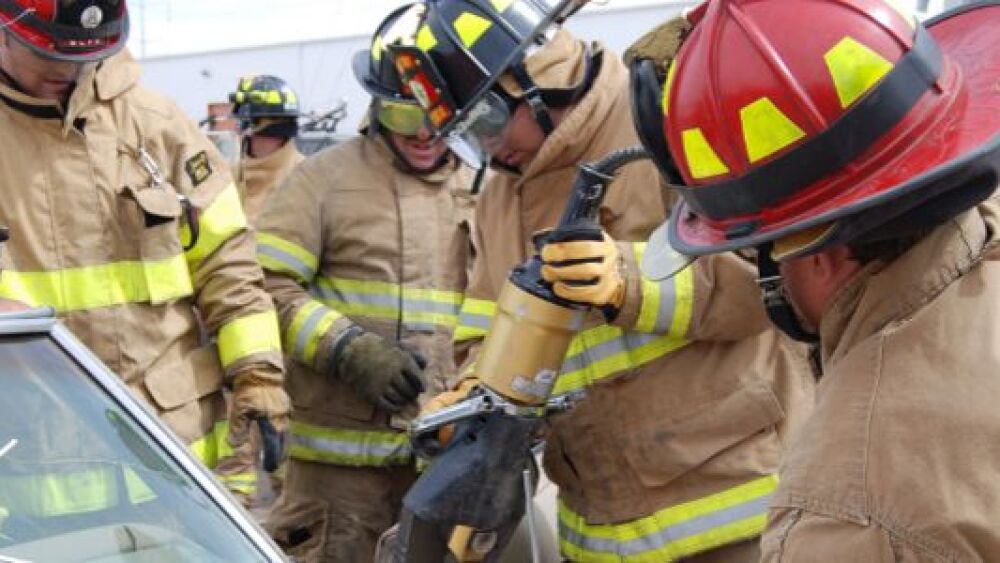There are two essential ways that people can be motivated: extrinsically and intrinsically. The former type of motivation depends on external factors: rewards and punishments. The latter type of motivation comes from within and results from a personal commitment to the desired goal.
One type of motivation is not inherently better or more effective than another in any circumstance. We are all motivated in both ways.
Let’s face it: we all have to make a living and pay for essentials like food and shelter. Extrinsic motivators such as money, benefits, rewards and accolades are things that all of us value. And we all seek to avoid punishment and negative feedback.
But a healthy organization cannot run on external motivation alone.
Extrinsic motivation limitations
The limitations to the effectiveness of extrinsic motivation are significant.
First, extrinsic motivation tends to be an escalating scenario. Over time, people need more and more external feedback (either positive or negative) to achieve the same result.
Second, if people are strictly motivated by external factors, they quickly start gaming the system to their own advantage. Rather than focusing on the common mission, the goal is to get as much as one can for oneself individually while avoiding negative outcomes.
Third, running an organization based only on extrinsic motivation is exhausting. It requires supervisors to personally be aware of every single thing that happens so they can personally apply either rewards or punishments for that behavior. This is a recipe for crippling micromanagement.
3 conditions for intrinsic motivation
In the long run, individuals and organizations function better when intrinsic motivation is the guiding principle. This type of motivation leads to a condition where people want to do something for reasons that transcend just tangible gain or loss.
What factors must be in place for intrinsic motivation to exist? According to researchers, three key conditions must exist for true intrinsic motivation to thrive.
First, members of an organization must have a sense of mastery in their work. This competence comes not only from training and experience, but also from a sense of personal confidence that allows people to take action when it is needed.
Second, people must have a sense of autonomy in what they do. They must feel that they are trusted members of the organization. They need to believe that supervisors and leaders will not second-guess them or needlessly micromanage them. They should be allowed to make decisions within their scope of authority without interference or delay.
Third, people must feel a sense of inclusion within their organizations. For positive intrinsic motivation to be present, members must feel that they are an important part of their organizations, and valued and recognized as such.
All of these factors need to exist within a wider scope of a sense of shared mission. Intrinsic motivation at its best attaches to a sense of common purpose beyond just individual achievement.
So what does this mean in a practical sense?
How to do it
It means that supervisors need to support and trust those who work for them. They need to provide those people with opportunities for professional and personal development, such as high-quality training, attendance at professional conferences, support for continuing education and participation in committees and other work groups.
Then leaders must create an environment where all members have ample opportunities to use the knowledge and skills they have attained. They must trust their company officers to make decisions and those officers must similarly trust their firefighters without micromanaging and second-guessing them.
If you tell a fire officer to design a fire education program for a school, let him design it. If you tell a firefighter to perform maintenance on a saw, let her do it.
Assuming these people have been well trained and encouraged to perform these tasks, reward them with the trust that builds intrinsic motivation. In this type of positive environment, soon you won’t have to give specific orders — people will be looking for ways to contribute and gladly accepting personal responsibility within their roles.
Finally, leaders must always be conscious that their actions speak louder than any words. They must demonstrate their personal commitment to the mission of service and safety through every action. They must actively practice inclusion among all members, not just the ones they like or feel more comfortable with.
Extrinsic motivation will never disappear as an incentive in our lives, nor should it. There are times when rewards and punishments are the most effective way to move people and get things done.
But in the long run, all organizations will falter and ultimately fail if the only motivators are extrinsic. To build engagement, commitment, and long-term success, look toward creating a workplace culture that fosters intrinsic motivation.
This article, originally published on February 14, 2017, has been updated.














